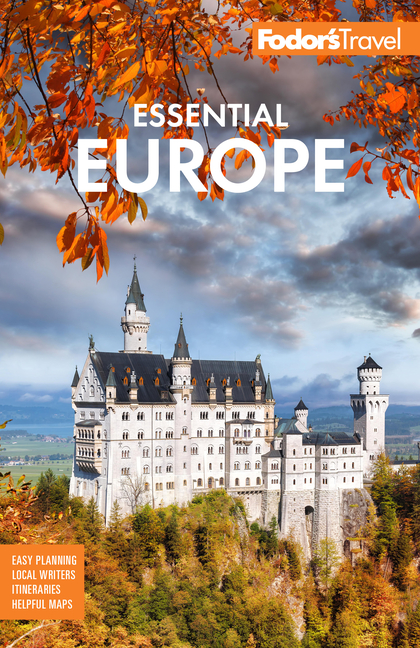As you move south and west from Ljubljana toward the Adriatic, the breeze feels warmer, the air smells fresher, and the landscape looks less and less like Austria and more and more like Italy.
The word "karst," or in Slovenian Kras, is both a geological and geographic term referring to the large limestone plateau which stretches roughly from Nova Gorica in the north to well beyond Diva?a in the south. It is bordered on the west by the Italian frontier and on the east by the fertile, wine-growing Vipava valley. The Karst is typified by sinkholes, underground caves, and streams. The region is dotted by caves, most notably Postojna and Škocjan—which are jaw-dropping in beauty and size.
To most Slovenians, the word "karst," conjures up two things: pršut (air-dried ham) and blood-red Teran wine. The two pair beautifully, especially with a plate of cheese and a basket of homemade bread, taken at a traditional osmica, a small farmhouse restaurant. Teran is a strong wine made from the refosk grape that you will either love or loathe from the first sip. It takes its name from the terra rossa, or red soil, that typifies the Karst.
For visitors, the Karst is ideal for low-key exploration. The gentle terrain and numerous wine roads (look for the sign that reads vinska cesta) are perfect for leisurely walks or bike rides. Several wine roads can be found in the area around the town of Komen and along the main road from Komen to Dutovlje. The elegant towns—with their old stone churches and red-tile roofs—are a delight. If you have wheels, visit Stanjel, to the east of Komen, a nearly abandoned hilltop village that has become a haven for artists. The Lipica stud farm—the original breeding ground of the famed Lipizzaner horses of Vienna's Spanish Riding School—is an excellent base.
A little farther on, Slovenia's tiny piece of the Adriatic coast gives tourists a welcome opportunity to swim and sunbathe. Backed by hills planted with olive groves and vineyards, the small strip is only 47 km (29 miles) long and dominated by the towns of Koper, Izola, Piran, and Portorož.
Following centuries of Venetian rule, the coast remains culturally and spiritually connected to Italy, and Italian is still widely spoken. The medieval port of Piran is a gem and a must-see. Its Venetian core is nearly perfectly preserved. Portorož is a classic fun-and-sun resort. Koper, Slovenia's largest port, and Izola, its biggest fishery, are workaday towns that nevertheless retain a lot of historical charm. For beachgoers, the best-equipped beach is at Bernadin, between Piran and Portorož. The most unspoiled stretch of coast is at the Strunjan Nature Reserve—which also has an area reserved for nudists—between Piran and Izola.
Piran and Portorož are very different in character, but either can serve as an excellent base depending on what you plan to do. Choose Portorož if your primary interest is swimming and sunbathing or if you're seeking a modern hotel with all of the amenities. Pick Piran if you're looking for something quainter, quieter, and more starkly beautiful. Whatever you choose, you can travel easily between the two. Buses make the 10-minute trip at least once an hour in season.
Both Piran and Portorož fill to capacity in July and August, so try to arrange accommodation in advance. If you show up without a room, inquire at one of the privately run travel agencies. Along the coast, these are likely to be more helpful than the local tourist-information centers.






